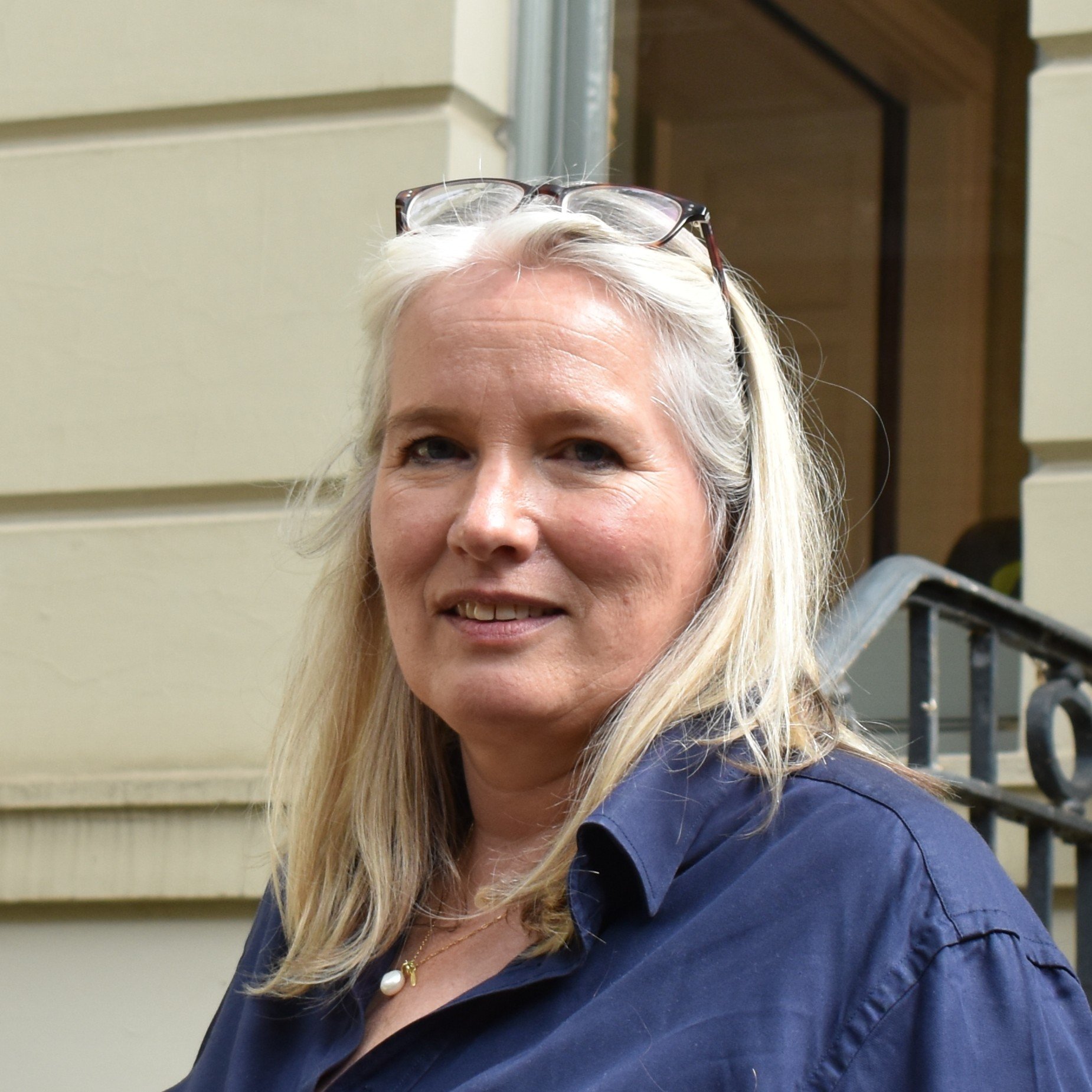

Director and Company secretary | Donald Insall Associates



Jennifer Beaumont
Director and Company secretary | Donald Insall Associates
What are the key projects that you have been involved in over the past 12 months?
Over the past year, I have been involved in several significant projects. These include appointments to the Grade I-listed Blenheim Palace, where we are leading a high-level conservation project, the largest capital works programme the Palace has ever undertaken. Internally, I launched a major project to streamline our approach to contract review across our business. Key elements of this have included training the next-gen and taking the first steps towards embracing AI.
Externally, I continue to grow the General Counsel for Architects group, an inaugural group I established to connect lawyers working throughout the built environment, providing a platform to share experiences and support.
How do you approach managing legal aspects during periods of instability or crises, and how does your legal strategy align with the broader business strategy to ensure the organisation’s resilience?
Our legal strategy aligns with the philosophy underpinning our architectural practice: that change is continuous. In the context of the buildings, mostly historically significant ones, those buildings are, in effect, ‘alive’. Historic buildings should be constantly maintained and sensitively adapted so that they can continue to be used and enjoyed. Our legal approach flexes over time.
From the outset of projects, we work in partnership with owners and custodians to see where risk can most appropriately be managed and set up the contractual arrangements and risk matrices accordingly. We utilise the contract stage as a means to enhance client relationships, thereby establishing a constructive partnership. Due to the nature of historic buildings, this partnership is essential, as it is not uncommon for discoveries to be made throughout the project that change the scope of works and contracts. This approach has successfully established very long-term relationships with clients and buildings, which outlast both working lives and indeed the normal life of a modern building.
This strategy guides our approach during periods of instability or crises. Change is expected, so we seek to manage and mitigate risk at the earliest opportunity and always look to identify a potential upside. We work collaboratively across functions within the practice — legal, HR and architecture — to turn crisis into opportunity. The right solution isn’t always the obvious one, and second-order thinking often helps arrive at the best result for the business and the client.
Broader business strategy is a key part of my contribution as a board member and as Chair of our Employee Ownership Trust. I apply a legal lens at the outset, with the advantage of oversight of all major contracts, client relationships and colleagues across the business, and bringing the interests of all our colleagues to the conversation.
Have you had any experiences during your career as a lawyer that stand out as particularly unique or interesting?
Following work in a city firm, my experience as a lawyer informs the specialist nature of our work as conservation architects.
Behind every historic building lies a rich history that must be fully understood to guide essential interventions that allow for its continued vitality. Each project is unique, and our work is informed by a continuous investigation into and understanding of a site’s history. It is, therefore, not uncommon for hidden histories and narratives to be revealed throughout all phases of a project.
During one project, involving adding a new kitchen extension to a Grade I-listed home, a previously undiscovered Cistercian Monastery (c.1140) was uncovered when breaking ground. This required negotiation of contracts, planning, programme and redesign during the construction phase, which was all achieved under extreme pressure, but relatively seamlessly. This was delivered through good communication with conservation officers, client, funders and the professional team and a desire to see this historically significant building saved. An approximately six-month process was delivered in approximately six weeks, and without changing the end date for practical completion.